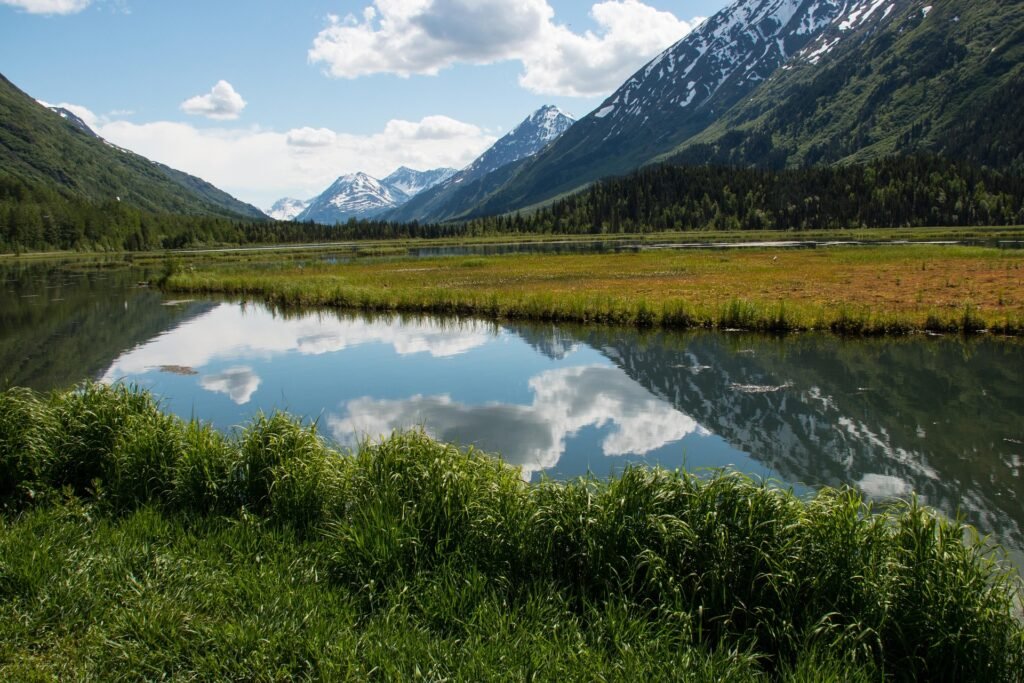Photographing the Northern Lights, or Aurora Borealis, is a bucket-list experience for many nature photographers. These vibrant, dancing lights are a phenomenon caused by charged solar particles colliding with Earth’s atmosphere, creating glowing ribbons of green, pink, purple, and even red across the night sky.
Capturing the Aurora is not just about luck—it’s about being in the right place at the right time. In this blog, we’ll explore the best destinations around the world to chase and photograph the Northern Lights.
1. Tromsø, Norway
Tromsø is often called the “Gateway to the Arctic” and is one of the most reliable spots to see the Northern Lights.
Why Photographers Love It:
- Excellent viewing conditions from September to March.
- Snowy landscapes, fjords, and cozy Arctic villages make perfect foregrounds.
- Accessible city with plenty of Northern Lights tours.
Pro Tip:
Photograph from nearby islands or mountain areas to avoid city light pollution.
2. Fairbanks, Alaska, USA
Fairbanks is one of the best places in North America for consistent Aurora activity.
Why Photographers Love It:
- Long, dark, and cold nights during winter increase viewing chances.
- Forests, frozen rivers, and log cabins create picturesque scenes.
- Hot springs and aurora lodges add comfort to the chase.
Pro Tip:
Visit between late August and April for optimal Aurora conditions.

3. Lapland, Finland
Lapland offers dreamlike settings with snow-covered forests, frozen lakes, and traditional Sami culture.
Why Photographers Love It:
- Opportunity to capture the Aurora over igloos, husky sleds, and reindeer.
- Stay in glass-domed cabins for overnight Aurora photography.
- Low light pollution across vast open areas.
Pro Tip:
Kakslauttanen and Rovaniemi are excellent bases for Aurora-focused trips.
4. Reykjavik and the Icelandic Countryside
Iceland is famous for its diverse natural backdrops, including waterfalls, volcanic landscapes, and black sand beaches.
Why Photographers Love It:
- Aurora over waterfalls like Skógafoss and frozen beaches at Jökulsárlón.
- Easy access to wide, dark areas just outside Reykjavik.
- Dynamic weather makes the skies clear quickly after snow or rain.
Pro Tip:
Monitor local Aurora forecasts and weather conditions, as clear skies can shift rapidly.
5. Abisko National Park, Sweden
Abisko is renowned for having some of the clearest skies in the Aurora Zone.
Why Photographers Love It:
- The “Blue Hole” microclimate increases chances of cloud-free nights.
- Aurora reflections on Lake Torneträsk.
- Great for combining landscape and night sky photography.
Pro Tip:
The STF Aurora Sky Station offers expert-led photography nights and excellent viewing platforms.
6. Svalbard, Norway
For the truly adventurous, Svalbard offers one of the few places on Earth where you can see the Northern Lights during the daytime in the polar night season.
Why Photographers Love It:
- Unique opportunity to capture daytime Auroras.
- Snowmobiles and dog sledding add exciting foreground subjects.
- Remote, untouched Arctic wilderness.
Pro Tip:
Visit from November to February when the polar night envelops the region in 24-hour darkness.
7. Yukon Territory, Canada
The Yukon offers incredible Aurora viewing away from major cities, perfect for solitude and reflection.
Why Photographers Love It:
- Wide-open skies, frozen lakes, and snow-laden forests.
- Low light pollution provides ideal conditions.
- Opportunities to photograph the Aurora with rustic cabins and frozen wilderness.
Pro Tip:
Consider staying in Whitehorse or Dawson City and venture into the countryside for the best skies.
Essential Tips for Northern Lights Photography:
- Use a tripod: Long exposures (5–30 seconds) are necessary to capture the Aurora’s movement.
- Manual focus: Focus on distant stars for sharp results.
- High ISO: Start with ISO 800–3200 to capture enough light.
- Wide aperture: Use the lowest f-stop your lens allows (like f/2.8).
- Be patient: The lights often appear suddenly after hours of waiting.
Photographing the Northern Lights is about more than getting the perfect shot—it’s a magical experience that connects you to the rhythms of the planet and the cosmos.
Whether you’re standing on a frozen lake in Sweden, a black sand beach in Iceland, or a remote Arctic village, the chase is always worth it.

































